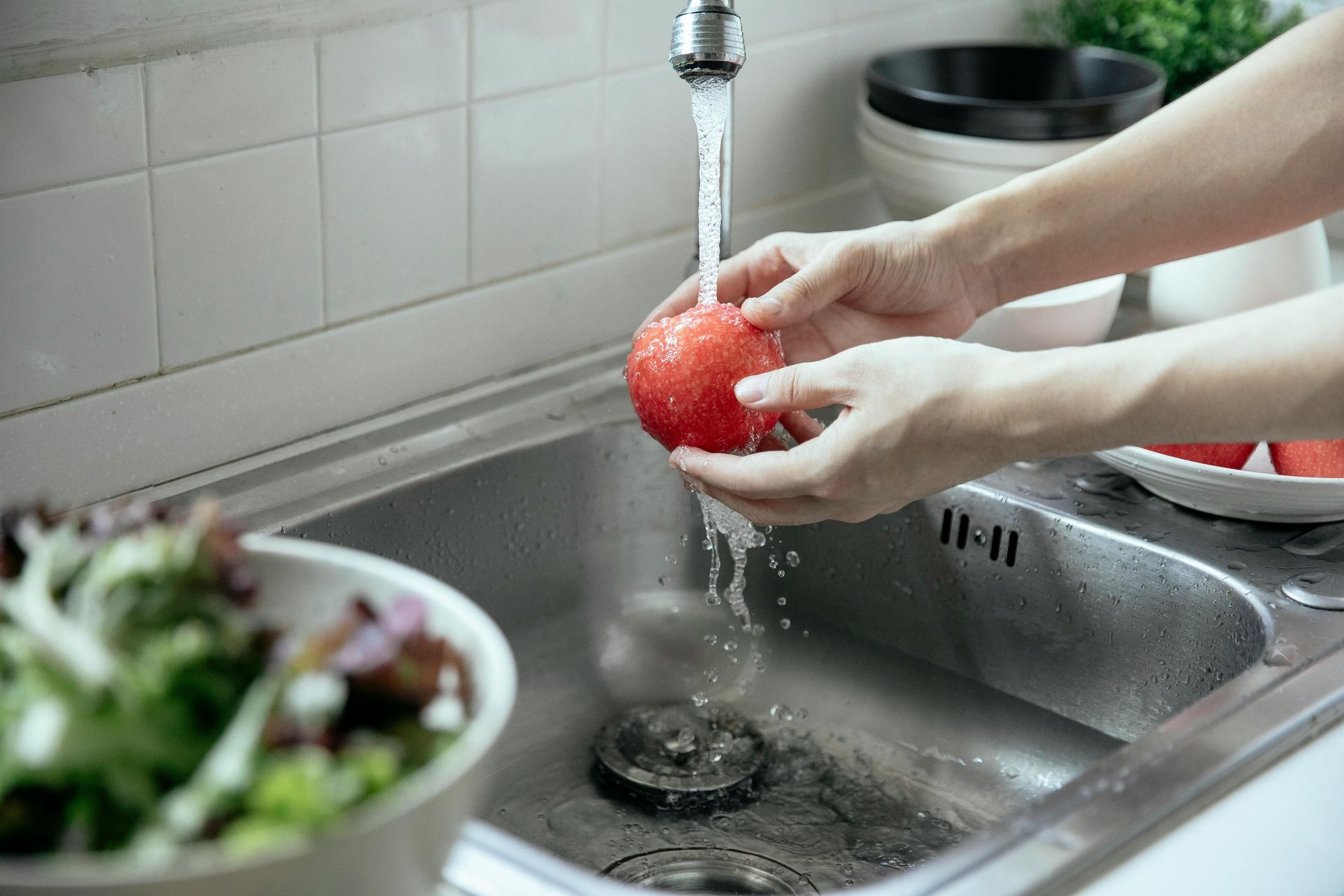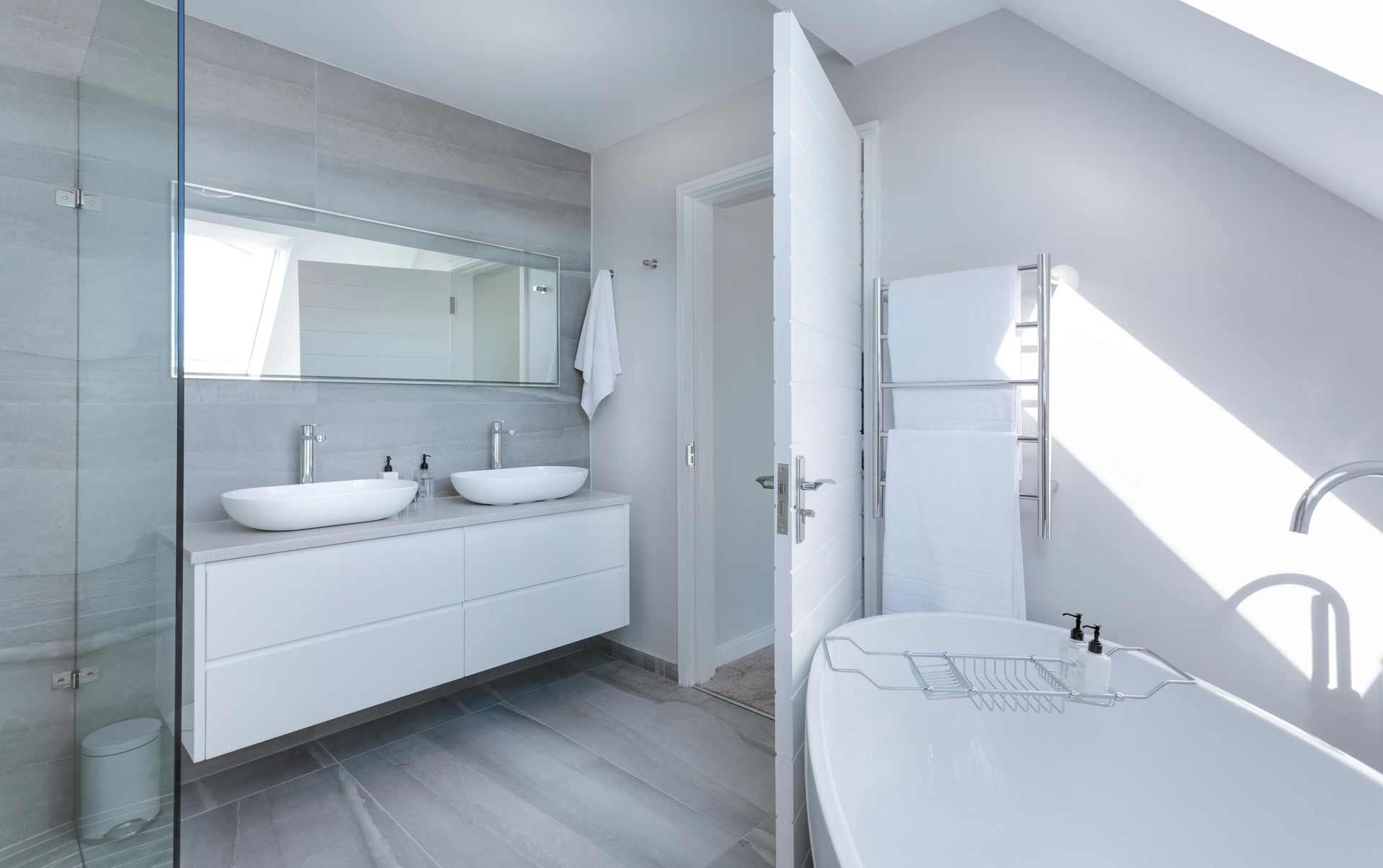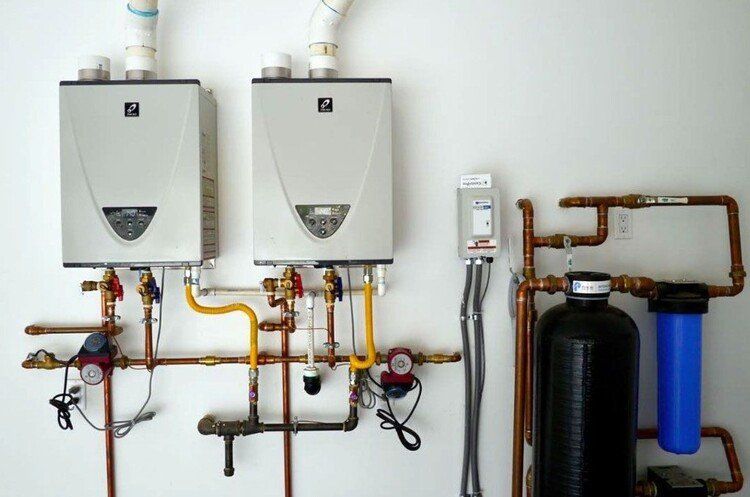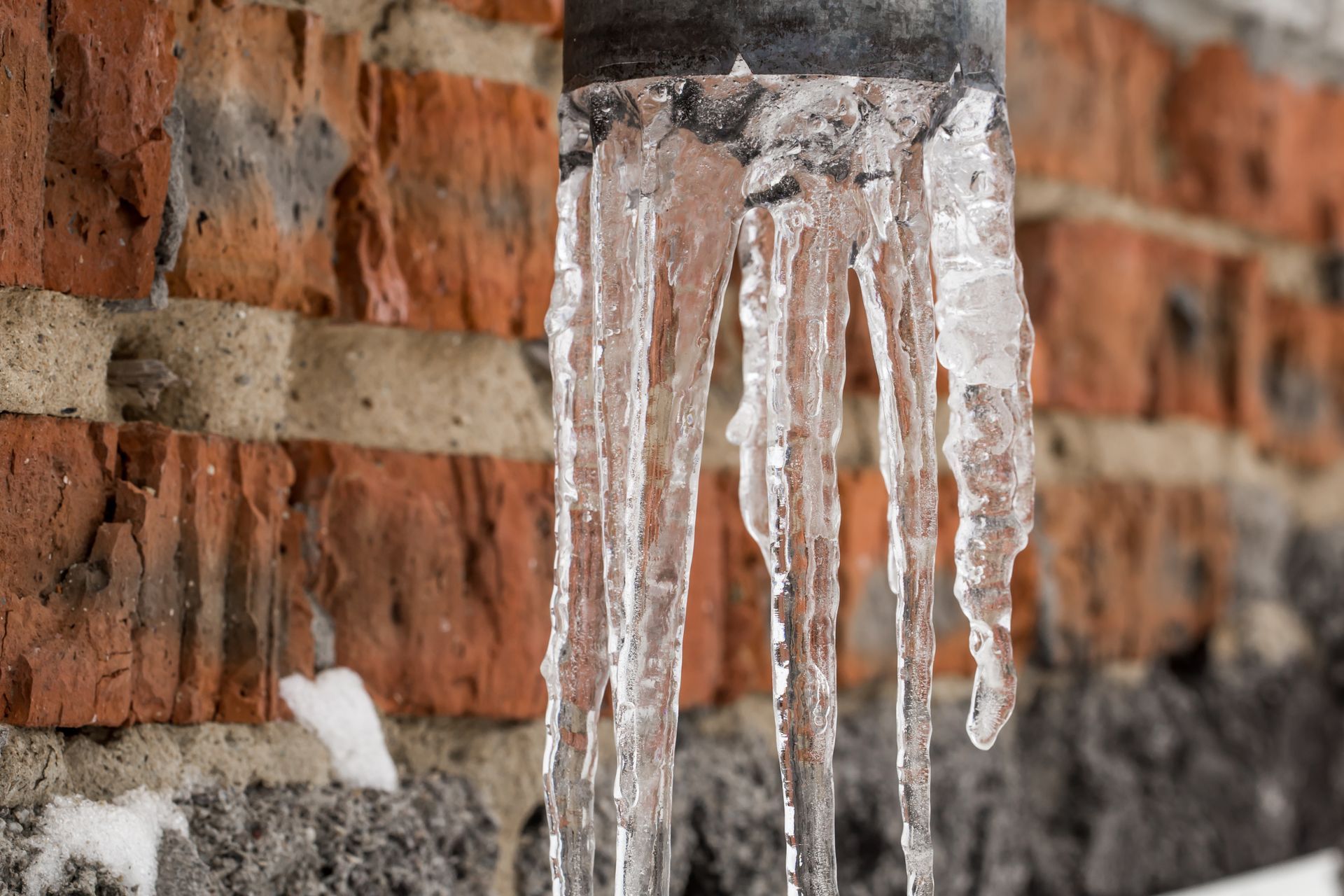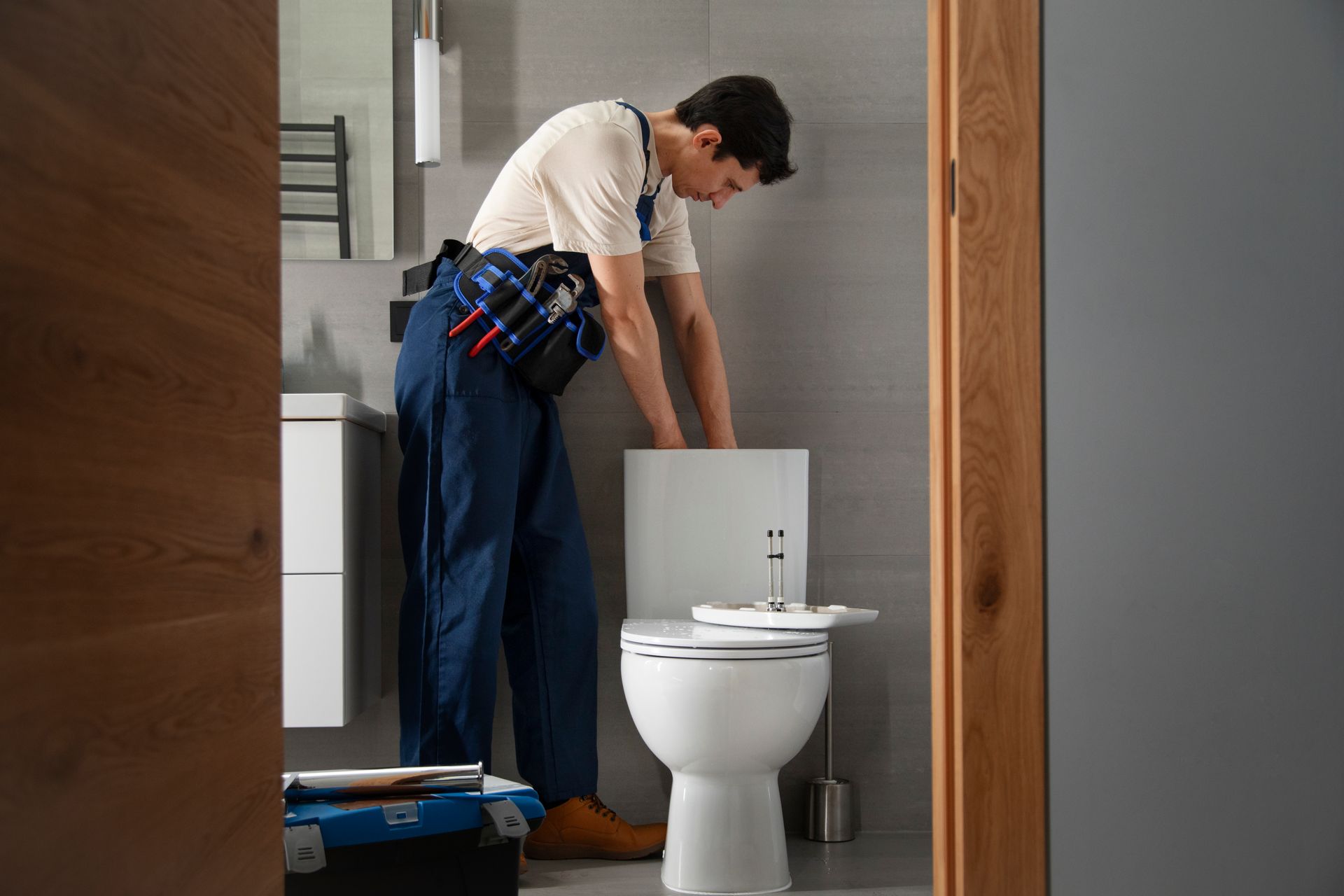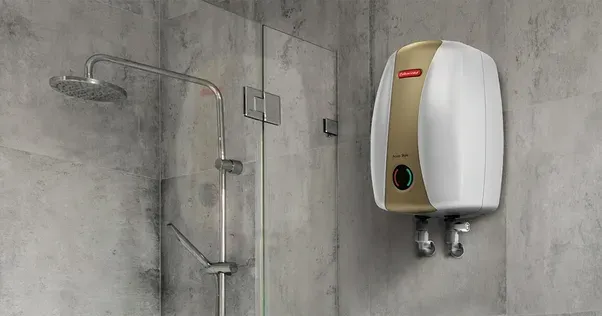How to Handle a Burst Pipe Before the Plumber Arrives?
A burst pipe is an urgent plumbing disaster that can strike at any time, often resulting in significant water damage within minutes if not acted upon swiftly. Whether it happens in the middle of the night or during business hours, the actions you take before the plumber arrives are critical for minimizing destruction, reducing cost, and safeguarding your property. Leading professionals like All City Plumbers offer 24/7 Emergency Services to respond quickly, but homeowners must take immediate steps to control the situation while waiting for expert help. This article provides a comprehensive, professional guide on how to contain and manage the crisis effectively.
Immediate Steps to Take When a Pipe Bursts
When you discover a burst pipe, the very first and most important reaction should be to stop the flow of water. Locate your home’s main water shut-off valve—usually found near the water meter, in the basement, crawl space, or an exterior wall—and turn it clockwise until it stops. Shutting off the main water supply prevents more water from flooding the affected areas and limits potential damage to walls, floors, and personal belongings.
If possible, communicate to everyone in your household the valve's location ahead of an emergency, and be sure the area is easily accessible in case of a crisis. This simple preparation ensures you can act immediately in an emergency situation.
Draining Remaining Water and Relieving Pipe Pressure
After you have shut off the water supply, open all faucets throughout the home starting with the cold taps. This allows any remaining water and excess pressure within the pipes to drain out, reducing the risk of further leaks or bursts elsewhere in the system. Flush all toilets as well. These actions help to clear water from the system swiftly and relieve stress on the damaged sections. If you have a hot water heater, it’s also prudent to turn it off after the main supply is shut off to protect the appliance from damage.
Ensuring Electrical Safety
Water and electricity are dangerous when combined, so if the burst pipe is near any electrical panels, outlets, or appliances, shut off the power in those zones at the circuit breaker. If you are unsure whether water has come into contact with your electrical system, always err on the side of caution and cut the power to affected areas. This precaution helps to prevent electrical shock and further hazards.
Containing and Mitigating Water Damage
With the active leak stopped and system drained, your next priority is water containment. Use towels, buckets, mops, or a wet/dry vacuum to soak up and remove standing water as quickly as possible. Remove valuables, furniture, and electronics from the affected rooms to protect them from further damage. Lay absorbent materials along doorways or on floors to prevent water from spreading to dry areas. If water continues to leak from the burst pipe, place a bucket or container underneath to catch it, and keep an eye on the area until a plumber arrives.
Ventilation and Drying
Open all windows and doors to improve air circulation and start the drying process. Utilize fans or dehumidifiers if available to speed up evaporation and reduce the onset of mold and mildew. The less time moisture is allowed to sit, the easier it will be to restore the room after professional repairs.
Contact Emergency Plumbing Services
Once the immediate threats are contained, call a reputable plumber like All City Plumbers offering Emergency Services. Provide details about the location of the burst, the actions you’ve taken, and any concerning symptoms. Emergency plumbing professionals are equipped with the knowledge and tools to perform thorough repairs, assess broader system risks, and help you navigate insurance documentation.
Document the Damage
Take photos or videos of the damaged area before any extensive cleanup is completed. This documentation is immensely valuable if you need to file an insurance claim for repairs or property loss. Keep receipts for any materials, emergency services, or recommended restoration steps.
Preventing Future Bursts and Addressing Underlying Issues
After the immediate crisis has passed, consult with your professional plumber about preventive measures and system upgrades. They may advise on pipe insulation, pressure regulation, or replacing aged or susceptible piping.
Frequent blockages and slow drainage may have contributed to the pipe’s failure. Discuss long-term solutions such as hydro jetting or traditional snaking for Drain Clearing. Understanding the pros and cons of hydro jetting vs traditional snaking can help you select the best maintenance technique for your plumbing system. Hydro jetting is highly effective for clearing pipe buildup but can be too powerful for older or fragile pipes, whereas traditional snaking is gentler but may not prevent future issues as comprehensively.
Keeping up with plumbing maintenance and responding quickly to leaks, corrosion signs, and strange noises will promote system longevity and help you avoid a repeat emergency.
Conclusion
Handling a burst pipe before the plumber arrives requires swift action, composure, and a clear understanding of emergency protocols. Shutting off the main water supply, draining excess water, ensuring electrical safety, mitigating damage, and contacting Emergency Services like those provided by All City Plumbers set the stage for efficient repairs and restoration. Taking preventative steps, maintaining your system, and knowing the best techniques for Drain Clearing—such as the unique pros and cons of hydro jetting vs traditional snaking—will help ensure your plumbing is resilient for years to come.

